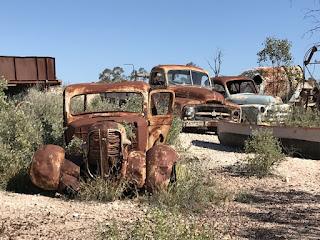2020 has been one heck of a rollercoaster ride for everyone. The COVID-19 pandemic has seen our lives turned upside down in more ways than one. Garry and I have fared better than most. Our business ultimately boomed during the year. Sales grew an extraordinary 74% as house-bound parents strived to keep their children entertained and bring a little joy in the midst of chaos.
However, the growth took its toll. We found ourselves working long hours, weekends and public holidays in an effort to keep on top of day-to-day tasks. We also took advance of the unique economic conditions to hire new staff and relocate the business into some superb new premises. These strategic investments all took their own toll on our sanity.
As Christmas approached, we were both in desperate need of a real down-time vacation. As a result, decided to book a two-week Summer break on the New South Wales north coast. In the COVID era, domestic travel is fraught with its own risks and challenges. As intermittent virus outbreaks continue to occur, State Governments are opening and shutting their borders with little warning. This invariably complicates the planning of every vacation.
To keep things stress free, Garry and I decided to limit ourselves to travelling within the state. We ultimately decided to book seven-nights at the Ramada Resort in Ballina after a coveted roof-top corner suite suddenly became available. We've stayed here twice before and have always said we'd return. Then, to complete the return home, we worked our way back down the coast, breaking the journey with three scenic stops overnight.
Further north, our journey was made easier thanks to the recent opening of a final section of “missing” dual carriageway on the Pacific Highway. You can now travel between Sydney and Brisbane without the notorious traffic bottlenecks and accident zones the highway has long been know for. There are now just two remaining sections where traffic doesn't flow uninterrupted; Hexham/Raymond Terrace near Newcastle and Coffs Harbour. However, construction is about to start on a by-pass around Coffs Harbour and funding has been approved for the missing Hexham link.
Garry and I spent seven glorious days in Ballina enjoying the uninterrupted river and coastal views from our penthouse suite. During our stay, we were entertained by soaring pelicans, dolphins plying the river, a green sea turtle and dive-bombing gulls. We did absolutely nothing and yet the days seem to fly.





















































